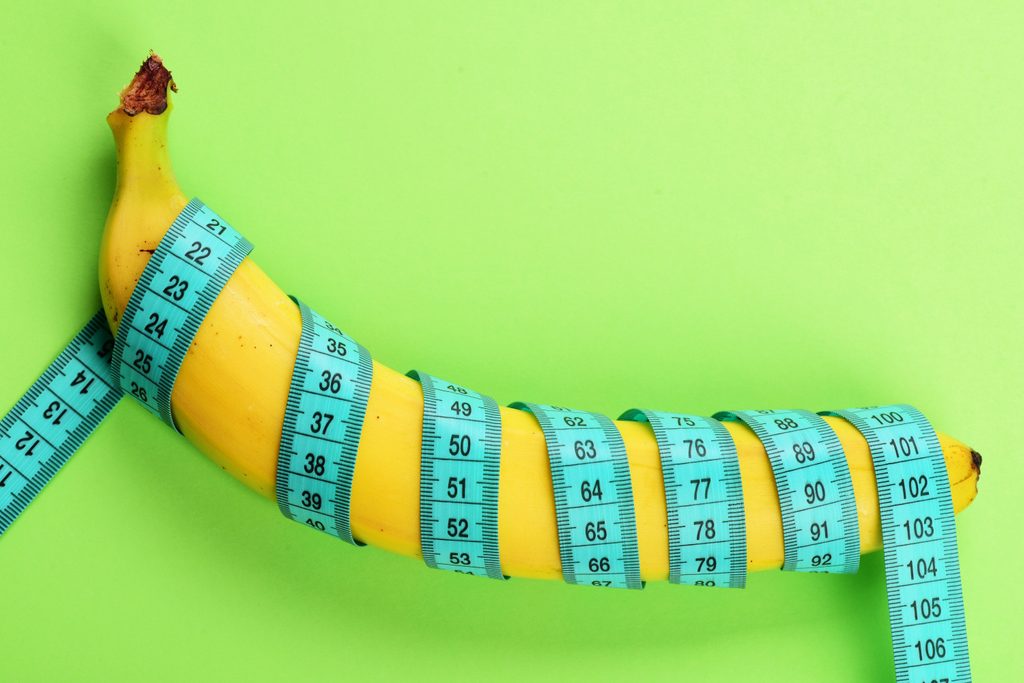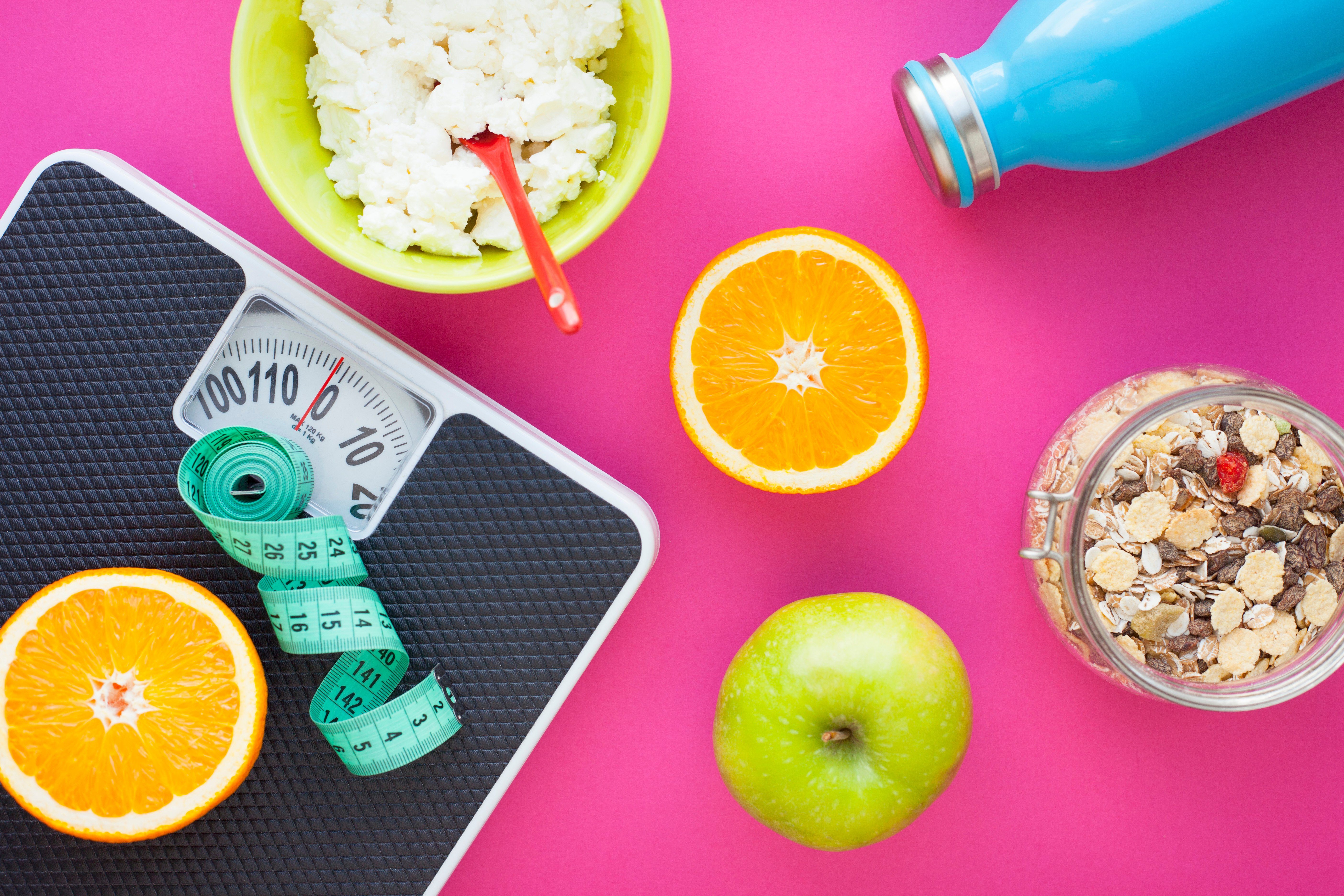What to Know About Calories to Prevent Weight Gain

Wondering why two seemingly similar foods can have two very different calorie counts? Learn the science behind how calories are determined and what you need to know to maintain your weight.
A calorie is technically the amount of energy required to raise the temperature of one gram of water 1°C, per Merriam-Webster. In plain speak, calories provide energy in the food you consume—and when you exercise, you burn calories as fuel.
How many calories should you eat in a day? “Your calorie needs depend on a lot of factors—including your gender, age, activity levels, whether you’re pregnant or nursing, and more,” says Samantha Cassetty, MS, RD, a weight-loss expert in New York City. “You can also factor in whether you want to lose weight, gain weight, or stay steady.” In a nutshell: The smaller you are, the fewer calories you require.
“Generally speaking, men need more calories than women because of their larger body sizes and greater muscle mass,” explains Cassetty. “Men need up to 3,000 calories, while most women need in the range of 1,600 to 2,000 calories per day.” This range is not at all set in stone, and you can always find a registered dietitian in your area at eatright.org who can help you come up with individualized calorie needs based on your specific needs. Whatever you do, don’t eat below 1,200 calories a day unless you’re working with a medical professional—and even then, you won’t want to stay at that total for long. “It would be really difficult to meet your nutrient needs at 1,200 calories, and you might have a hard time feeling satisfied with that few calories,” notes Cassetty. If you’re trying to lose weight, you may want not to try to eat fewer calories, but to eat at a strategic time during the day.
Here’s the history of the calorie
Believe it or not, the term “calorie” wasn’t a mainstay in American vocabulary until the late 1880s. This was when Wilbur O. Atwater defined the calorie as we know it, in Century magazine. The word became better known with the publication of the “1894 USDA Farmer’s Bulletin.” This publication introduced the first American food database that would be used in the emerging field of dietetics. From then on out, the concept of the calorie was discussed in articles and books—a conversation that continues today, especially when it comes to weight management.
How do manufacturers calculate calorie counts?
Two methods are most commonly used by food manufacturers. One is the 4-4-9 method, which outlines that a protein or carbohydrate contains four calories per gram and fat has nine calories per gram. Take a packet of instant oatmeal, for example, that has 5 grams of protein, 27 grams of carbs, and 3 grams of fat. Based on the 4-4-9 method, this food would contain 155 calories.
Another method commonly used is the system that Atwater created. This method takes into account the amount of energy available from specific foods. For instance, in corn grits, a gram of protein has 2.73 calories, a gram of carbohydrates has 4.03 calories, and a gram of fat has 8.37 grams. In an egg, on the other hand, a gram of protein has 4.36 calories, while a gram of carbohydrates has 3.68 calories and a gram of fat has 9.02 calories.
What about carbohydrates that aren’t digested?
When it comes to non-digestible carbs, a third method for determining calories may be used. This is the 4-4-9 method, adjusted with a factor of two calories per gram—versus four calories per gram—used for soluble non-digestible carbohydrates.
Yet another method is utilized when sugar alcohols come into the picture. General calorie factors are assigned for specific sugar alcohols. For instance, isomalt and lactitol have two calories per gram, while sorbitol has 2.6 calories per gram. Erythritol has 0 calories per gram.
Other methods are used, too
A technique called bomb calorimetry may also be used to assess the number of calories in food. This is a process that involves burning the food to see how much heat it releases. This heat is then directly converted to calories.
Calories are rounded up
On a food’s nutrition label, calories are typically rounded. When a food contains up to 50 calories per serving, the number of calories is rounded to the nearest five-calorie increment. And when food has more than 50 calories per serving, it may be rounded in ten-calorie increments.
Zero-calorie foods rarely contain zero calories
In Canada, if a food contains less than five calories, it’s rounded to the nearest calorie—unless it meets “free of energy” requirements and is labeled with zero calories.
Inaccuracy is allowed
“Declared nutrient values get a 20 percent tolerance for regulatory compliance because it is unlikely that every analyzed batch will have the exact same values,” notes Lauren Swann, MS, RD, a nutrition strategist in Bensalem, Pennsylvania.
Calorie counts do differ
Researchers looked at food label accuracy for common snack foods, in a study in Obesity. They tested candy bars, chips, cereal bars, pastries, cookies, crackers, ice cream, nuts, nut mixes, and yogurt using bomb calorimetry. What they found: The measured calorie amounts surpassed the ones listed on nutrition labels by an average of 8 percent. Most products tested were within the 20 percent margin of error allowed by the FDA.
The Atwater system is not perfect
Atwater factors for nuts especially may be inaccurate. In a study in The American Journal of Clinical Nutrition, researchers found that Atwater factors for almonds were overestimated by 32 percent. When using the Atwater factor for almonds, the nut is determined to have 168 to 170 calories per ounce. However, the study authors found that almonds actually contain 129 calories per ounce. In another study in Food & Function, researchers found that how almonds are processed affects how many calories are actually absorbed. For instance, 25 percent fewer calories from whole unroasted almonds are absorbed than what’s listed on the nutrition label. For whole roasted almonds, 19 percent fewer calories are absorbed, and 17 percent fewer calories from chopped roasted almonds are absorbed. Interestingly, this amount does not differ for almond butter.
Calories may be listed differently on imported foods
Eating food from another country? The nutrition label may look different. In the US, if a food has less than five calories per serving, its nutrition label may list zero calories, notes the Electronic Code of Federal Regulations. For example, a food with two calories per serving will be noted as having zero calories. In Europe, calories are rounded to the nearest calorie.
Are calories the end-all of food decisions?
Absolutely not. “It’s important for people to know there is far more to nutrition than the caloric value of a food,” says Maya Feller, RD, a registered dietitian in Brooklyn, New York. “In fact, when thinking about important aspects of food, calories are not always on the top of that list. Going the low-calorie route can leave many people feeling deprived and unsatisfied.”
Cassetty agrees. “I’m less concerned about the calories of a particular food and more concerned about the quality of the food itself,” she says. “Multiple studies have linked overly processed food to weight and health problems. So if you’re just looking at calories, you’re not getting the full picture of a food’s impact on your health or weight.” Learn about other healthy food rules nutrition experts ignore.
So what should you look at instead?
“It’s not necessary to focus on calories if you get a few things right,” says Cassetty. “Eat mostly whole foods, embrace generous portions of veggies, and cut way back on overly processed snack foods, refined grains, and foods and drinks with added sugars.” And consider whipping up some of your own easy, healthy meals. Try a berry smoothie made with Greek yogurt and plant-based ingredients for breakfast, and go with a kale salad for lunch and a grain bowl dinner. Homemade peanut butter balls make a great snack or dessert!
Next, check out the food habits nutritionists wish you’d give up.





